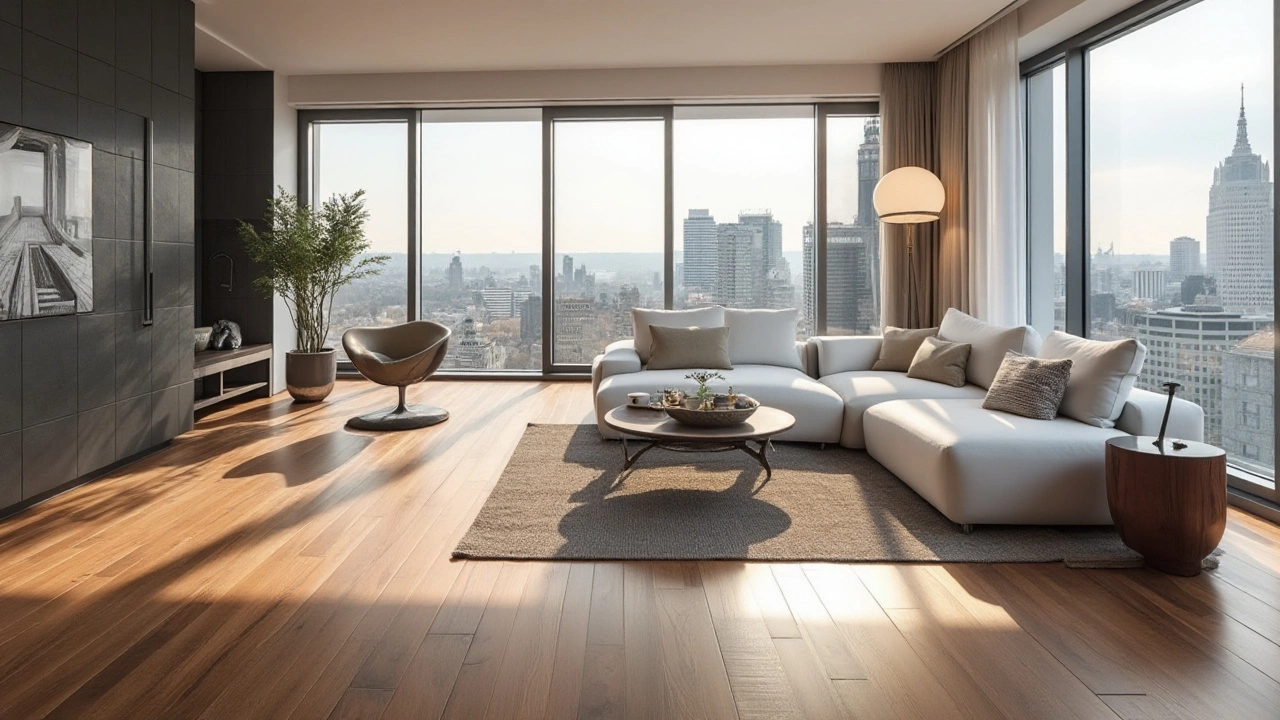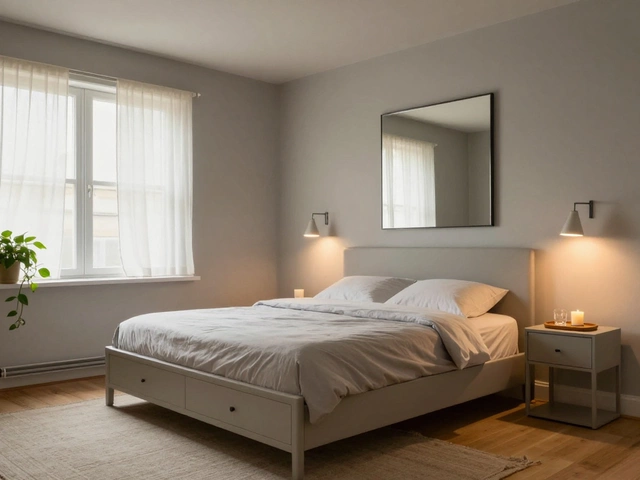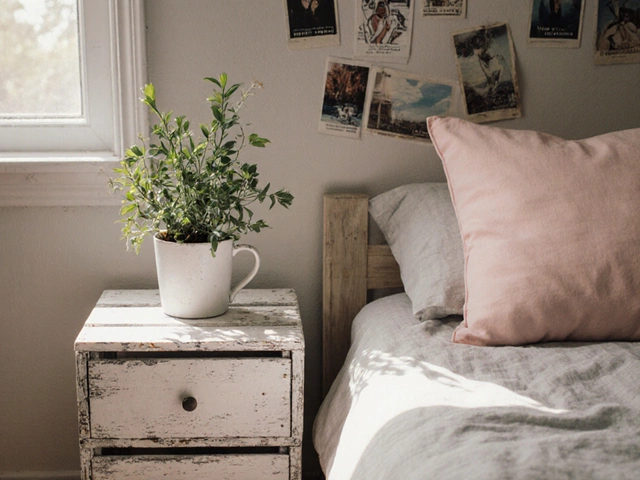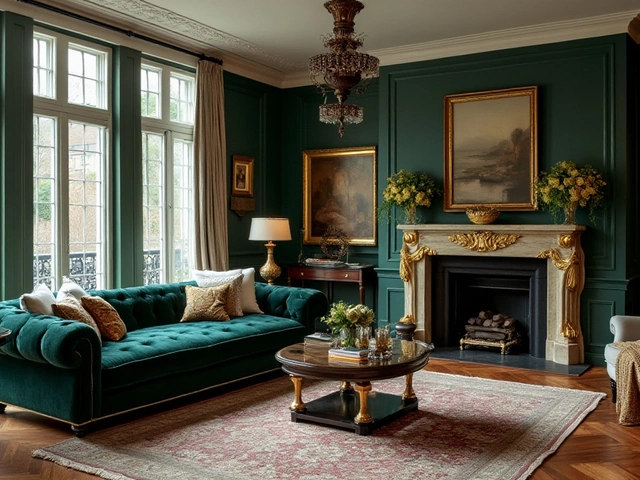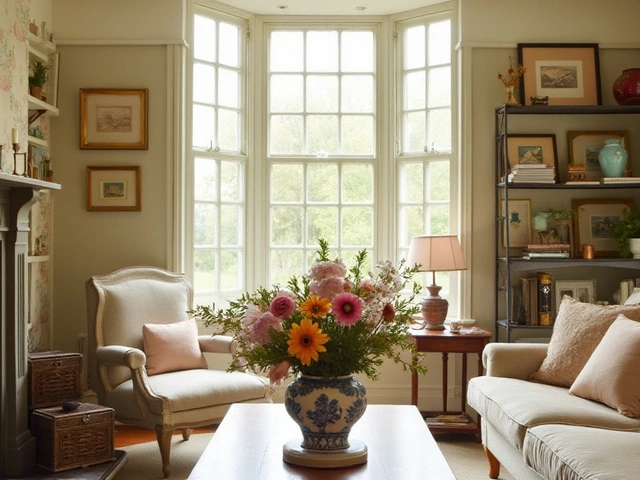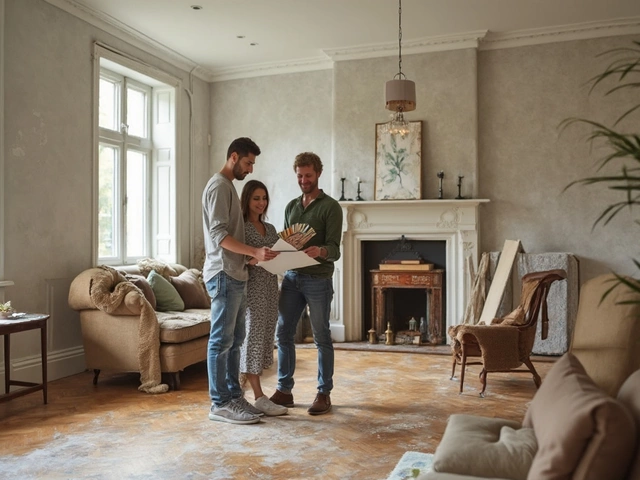Versatile Flooring Colors for Every Home
Choosing the right floor shade can feel like a guessing game, but it doesn’t have to be. A good color sets the mood, hides wear, and works with the furniture you already own. Below you’ll find straight‑forward advice to pick a floor that looks great in any space – from the living room to the hallway.
Why Color Matters in Flooring
Floor color is more than a pretty backdrop. Light tones make a room feel larger and brighter, which is perfect for small apartments or north‑facing spaces. Darker hues add depth and hide scratches, so they’re a solid pick for high‑traffic zones like the kitchen or entryway.
Neutral colors – think light oak, soft gray, or warm beige – are the real workhorses. They blend with most wall paints, rugs, and décor, giving you flexibility when you want to change the look later. If you love a pop of personality, consider a subtle undertone, like a blue‑gray laminate or a warm honey‑tan vinyl. Those shades add interest without shouting.
Practical Tips to Mix and Match
1. Start with your biggest piece. Look at your sofa, dining table or bedroom set. If they’re neutral, you have freedom to go bolder on the floor. If they’re already statement pieces, keep the floor on the calmer side.
2. Test samples in natural light. Place a few flooring swatches on the floor and walk around at different times of day. Sunlight can make a gray look colder or a walnut look richer.
3. Use transition strips wisely. If you want two colors in one house – say a light gray in the living room and a darker wood in the bedroom – a sleek transition strip creates a clean break without a jarring visual clash.
4. Think about durability. Luxury Vinyl Plank (LVP) comes in a huge color range and handles spills and pets well. For a high‑budget look, engineered hardwood offers authentic grain while staying stable in humid rooms.
5. Match floor color with wall tone. A slightly lighter floor than your walls creates a subtle lift, while a floor a shade darker grounds the space. This simple contrast can make a room feel balanced without extra décor.
6. Layer with rugs. If you love a bold floor but worry about it overwhelming the room, a neutral rug softens the effect and adds comfort underfoot.
7. Don’t ignore the flow. When open‑plan living and dining areas share the same floor, choose a color that works for both zones. A mid‑tone gray or warm oak does the trick, letting furniture define each space.
8. Budget tricks. If a high‑end wood tone is out of reach, look for laminate or LVP that mimics it. Modern tech makes the imitation look convincing, and you save a lot.
Remember, the goal isn’t to match everything perfectly but to create a backdrop that lets you move freely between styles. By focusing on neutral bases, testing real samples, and using rugs or transition strips, you can enjoy a floor that feels fresh for years.
Ready to pick your next floor? Grab a few swatches, walk the room at sunrise and sunset, and imagine where your furniture will sit. The right color will instantly lift the space, hide everyday wear, and make decorating later a breeze.

